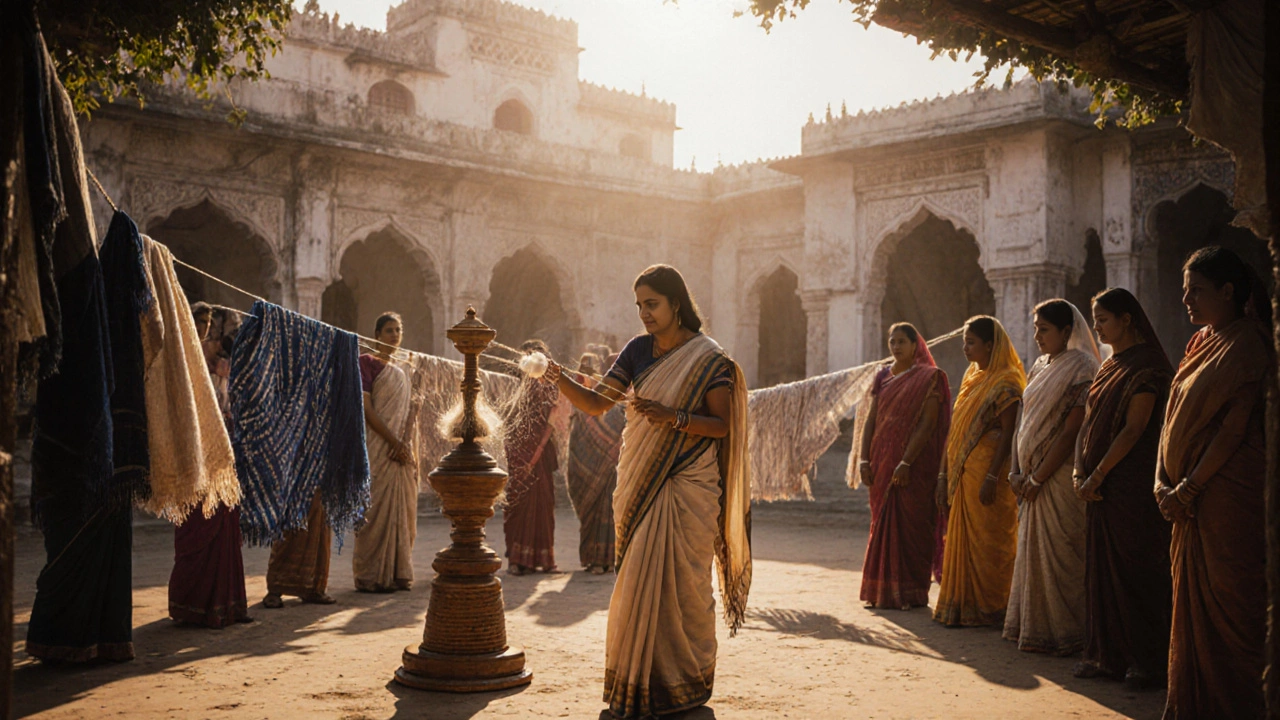Textile Manufacturing India: What You Need to Know
If you’re thinking about jumping into the Indian textile world, you’re not alone. The sector has grown fast, offers cheap labor, and serves a massive domestic market. But the excitement stops when you hit the real numbers—how much does a factory actually cost and where do you find reliable fabric suppliers?
How Much Does It Cost to Start a Textile Factory in India?
First, let’s break down the major expenses. Land in an industrial zone can range from INR 500 to 1,200 per square meter, depending on the state. A 10,000‑sq‑ft unit in Gujarat or Tamil Nadu typically needs a 2‑acre lease, pushing the land cost to about INR 2‑3 crore.
Machinery is the next huge chunk. A basic spinning line, dyeing unit, and finishing line will run you between INR 5 crore and INR 12 crore. If you’re targeting high‑speed, fully automated equipment, add another 30‑40 % on top.
Don’t forget the hidden fees: power connections, water treatment plants, and compliance with the Pollution Control Board can add INR 50 lakhs to INR 1 crore. Labor costs are relatively low—skilled operators earn around INR 15,000‑20,000 per month, while unskilled workers get INR 8,000‑10,000.
Putting it all together, a modest 10,000‑sq‑ft setup can start at INR 9‑10 crore (about $1.1 million) if you keep machines mid‑range and manage land wisely. Bigger, export‑oriented plants with advanced tech can easily cross INR 25 crore.
Financing options are easier today. Banks offer term loans at 9‑11 % interest, and many state governments give subsidies for eco‑friendly dyeing units. Make sure you have a solid business plan that highlights export potential—this helps you tap into the larger pool of government incentives.
Finding the Right Fabric Suppliers in India
Once your factory is up, you’ll need raw fabric or yarn. India’s top fabric hubs—Ahmedabad, Surat, and Coimbatore—host thousands of suppliers. The key is to avoid the “cheapest is best” trap. Look for vendors with ISO 9001 certification and a track record of on‑time deliveries.
Start by checking industry directories and attending trade shows like the India International Textile Expo. You’ll meet suppliers face‑to‑face, test their material quality, and negotiate better terms. Many wholesalers also offer sample kits for a nominal fee; always request these before signing a large contract.
If you’re aiming for sustainable fabrics, focus on regions where organic cotton and recycled polyester are produced. Gujarat’s organic farms have surged in the past three years, and several mills now have GOTS certification. Partnering with them not only adds a green badge to your product line but also opens doors to premium markets in Europe and the US.
Pricing can vary widely. A standard cotton yarn might cost INR 120‑150 per kilogram, while premium organic yarn can be INR 210‑250. Bulk orders (over 10 tons) usually shave 5‑10 % off the list price, especially if you lock in a yearly supply contract.
Keep an eye on logistics. Most fabric hubs are within 500 km of major ports like Nhava Sheva and Chennai. Shipping a container from Surat to the port costs roughly INR 35,000‑45,000, which is a small fraction of the product cost but can affect your bottom line if you ignore it.
Overall, the Indian textile landscape offers huge upside if you plan wisely. Know your startup costs, secure the right financing, and build a supply chain with reputable, certified vendors. With these steps, you’ll be positioned to compete locally and tap into the global market without surprise expenses.

Who Is Known as the Queen of Textile in India?
Kasturi Bai, known as the queen of textile in India, revived handloom weaving during British rule by training hundreds of thousands of women. Her legacy lives on in today’s handloom industry and sustainable textile practices.

Exploring India's Vibrant Textile Capital: Coimbatore
Coimbatore, often hailed as the textile capital of India, plays a crucial role in the country's textile industry. Known for its extensive textile production and skilled workforce, Coimbatore is a hub for both traditional and modern textile manufacturing. This article delves into the history, contributions, and unique features that make Coimbatore a pivotal part of India's textile landscape. Moreover, we'll explore its bustling textile markets and offer insights into what sets this city apart in the global textile arena.

